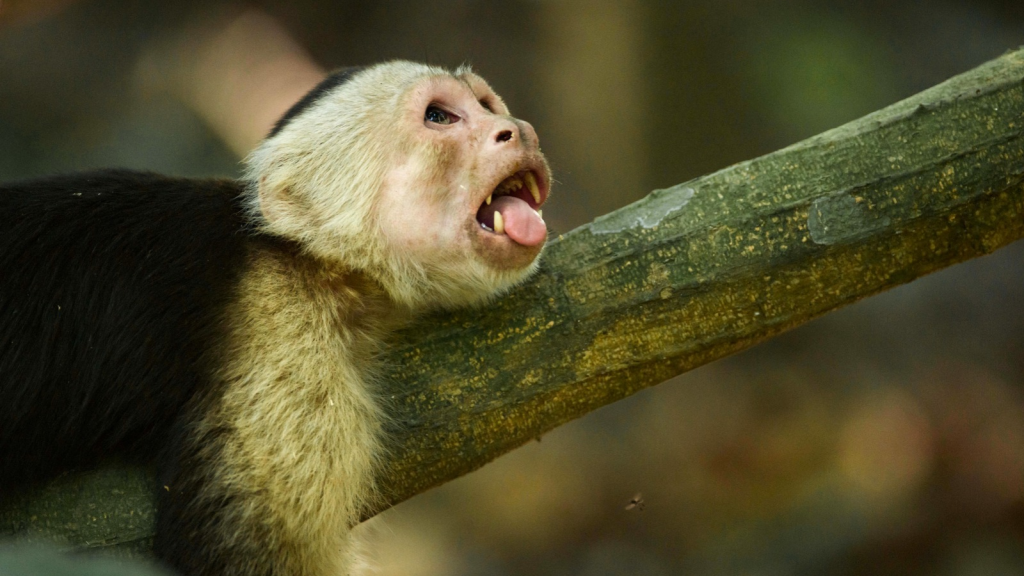Nature’s pharmacy isn’t just for humans. Many animals have figured out clever ways to use plants as medicine. From chimpanzees to elephants, creatures big and small turn to leaves, bark, and fruits to cure what ails them. This natural know-how has been passed down through generations, helping animals stay healthy in the wild. It’s a reminder of how clever our animal friends can be, and how much we still have to learn from them. Let’s explore some of these amazing animal doctors and their plant-based remedies.
Chimpanzees
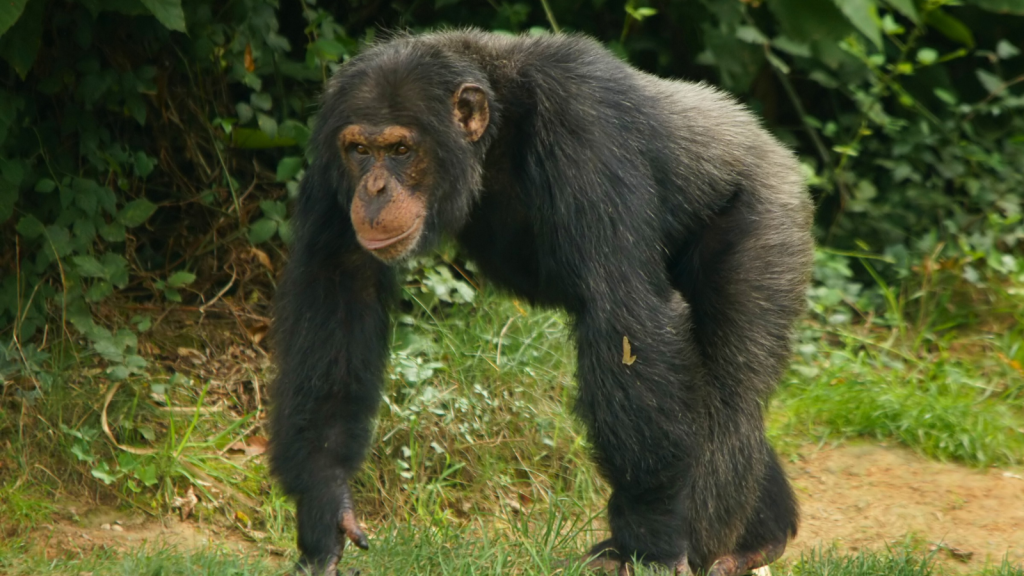
Our closest cousins in the animal kingdom are quite the bush doctors. Chimpanzees have been spotted using plants to treat parasites and upset tummies. They carefully select specific leaves, which they swallow whole without chewing. These leaves then scrape out nasty gut parasites as they pass through the chimp’s digestive system. Researchers have identified over 35 different plants that chimps use for medicinal purposes, showing just how advanced their natural pharmacy is.
Elephants

These gentle giants have a trick up their trunks for inducing labour. Pregnant elephants have been seen munching on the leaves of a particular tree just before giving birth. This plant is known to speed up contractions in humans too, showing how alike we can be to our animal friends. The tree in question is the boraginaceae family’s Borago officinalis, commonly known as borage, which contains prostaglandins that can induce labour.
Capuchin Monkeys
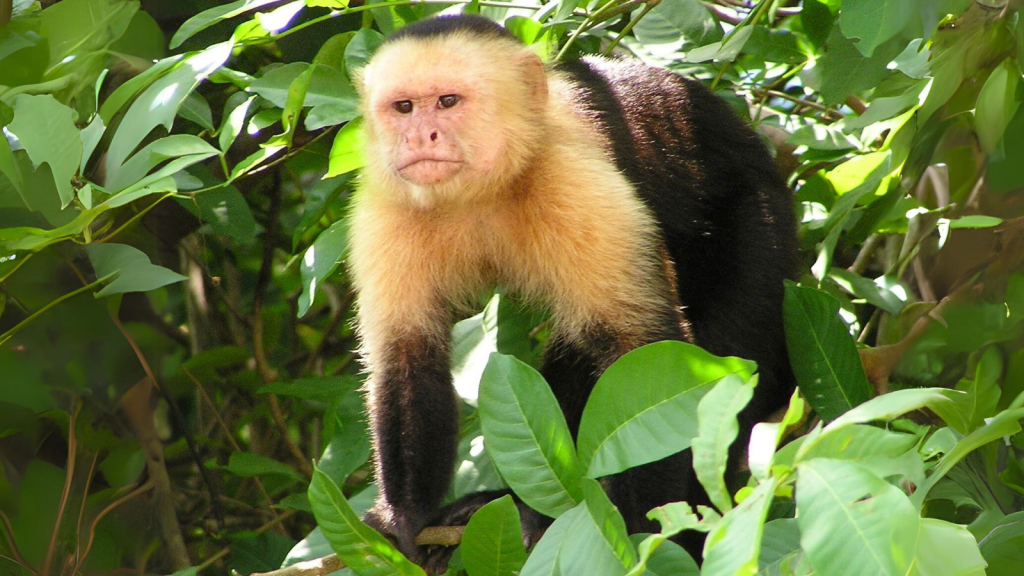
These clever primates have their own homemade insect repellent. Capuchins rub themselves with crushing millipedes, releasing chemicals that keep mosquitoes and ticks at bay. It’s a bit smelly, but it works a treat in keeping the bugs away. The benzoquinones released by the millipedes are so effective that they can protect the monkeys for up to an hour after application.
Bears
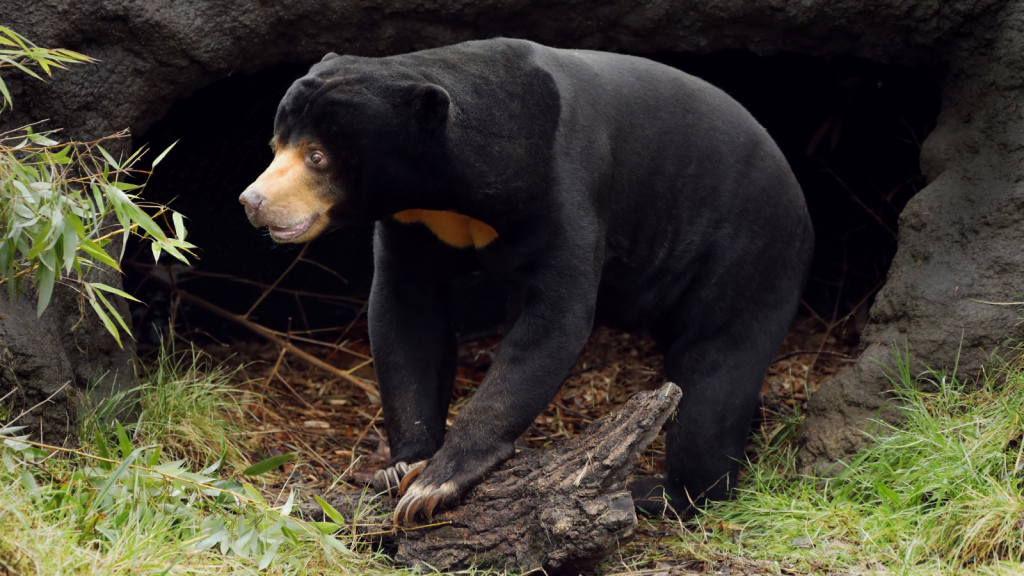
When bears wake up from their long winter nap, they’re in need of a good cleanse. They seek out certain plants to help clear out their digestive systems after months of not eating. It’s like a springtime detox, bear style! One plant they commonly use is Osha root, which has antibacterial and anti-inflammatory properties, helping to kick-start their digestive system after hibernation.
Woolly Spider Monkeys
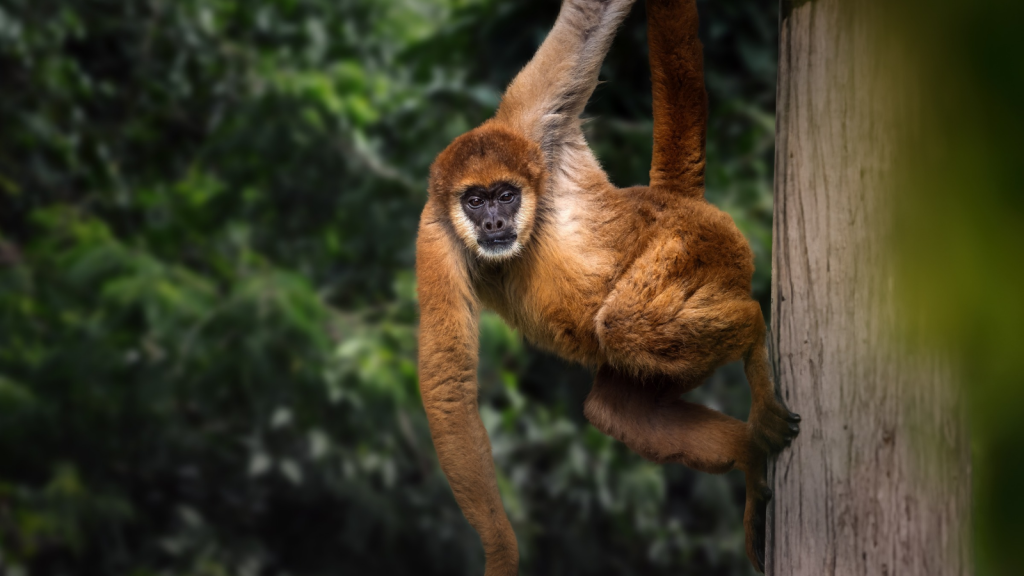
These rare Brazilian monkeys have worked out a natural form of birth control. They munch on a particular plant that affects their hormones, helping them control when they have babies. It’s a clever way to make sure there’s enough food to go around for everyone in the troop. The plant they use is a species of wild yam, which contains compounds similar to those found in human contraceptive pills.
Starlings
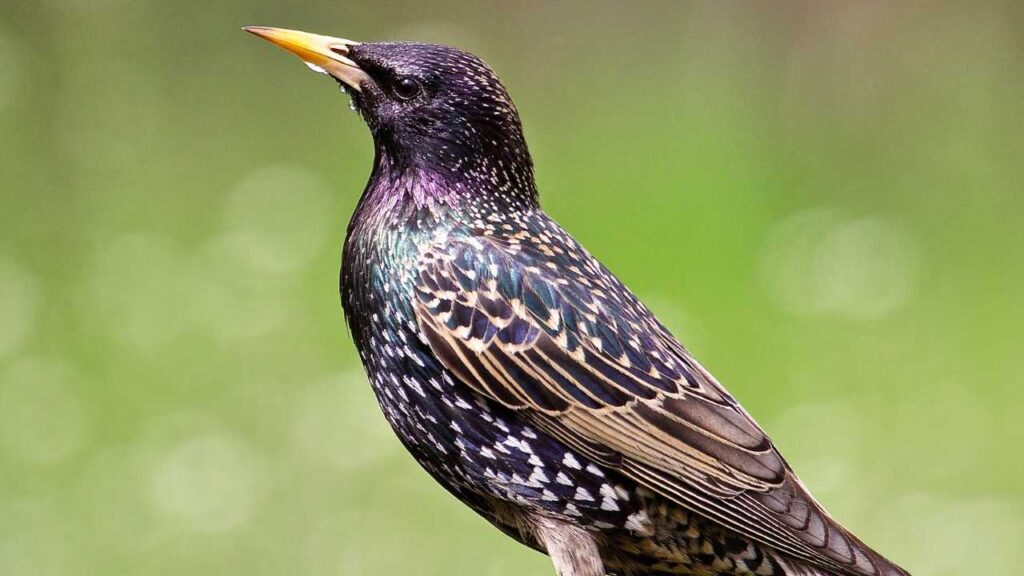
These chatty birds have found a natural way to keep their nests clean and parasite-free. They line their nests with specific plants that give off strong smells, which help to drive away mites and other pests. It’s like having a natural air freshener and bug spray all in one! Starlings often choose aromatic herbs like lavender, mint, and yarrow, which not only repel parasites but also have antibacterial properties.
Bonobos
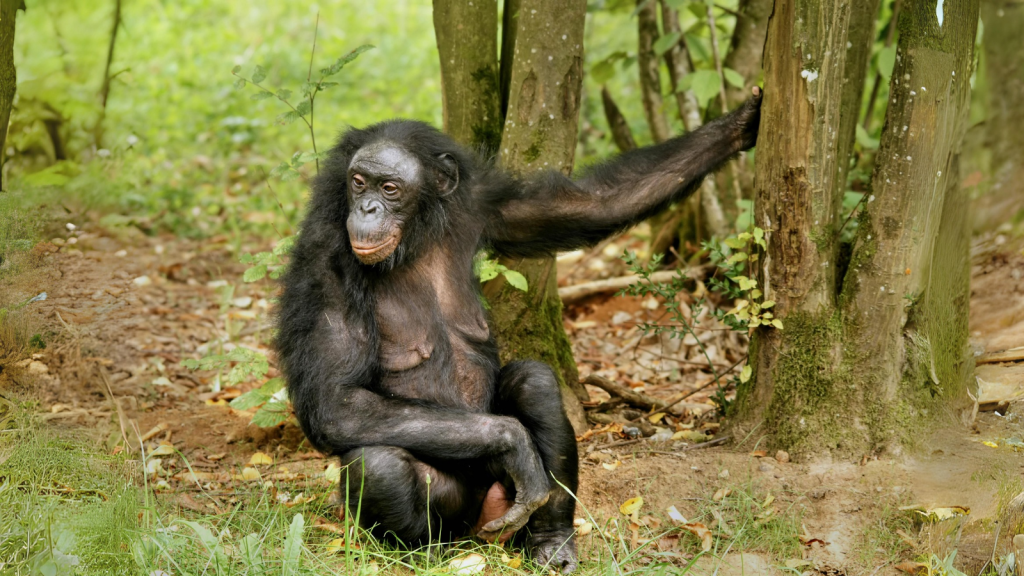
Another of our ape cousins, bonobos, use a special leaf to treat parasitic infections. They carefully fold the leaf and swallow it whole, much like taking a pill. The leaf’s rough edges help scrape out harmful worms from their insides. The Manniophyton fulvum plant is a favourite among bonobos, and its medicinal properties have been confirmed by scientific studies.
Red and Green Macaws
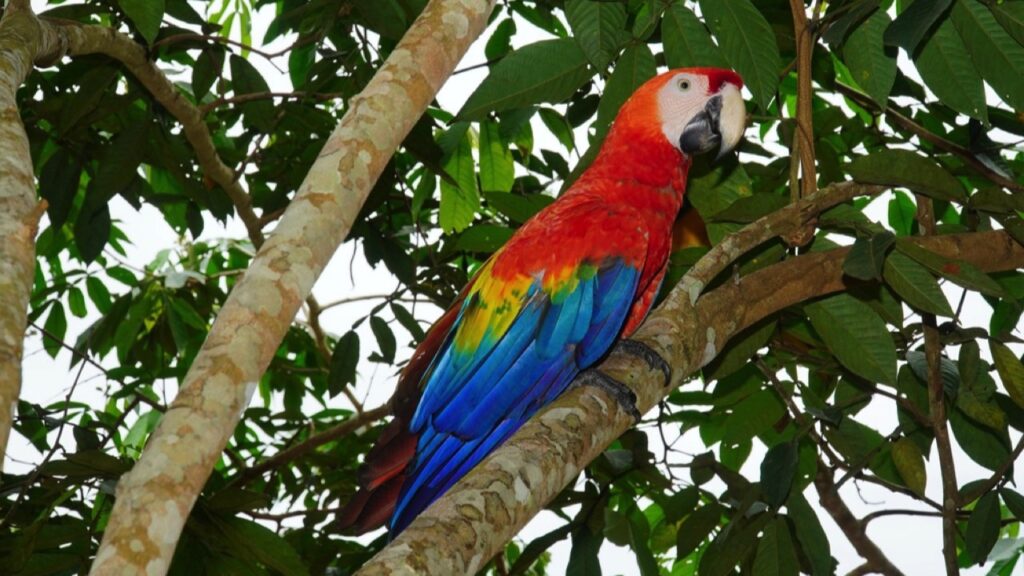
These colourful parrots in South America eat clay from riverbanks to help with tummy troubles. The clay acts like a natural antacid, helping to settle their stomachs after eating toxic fruits and seeds. It’s their way of having a post-meal tablet! This behaviour, known as geophagy, also helps the macaws absorb nutrients and detoxify harmful compounds from their diet.
Gorillas

Mountain gorillas have been seen eating a bitter plant that humans use to treat intestinal worms. They seem to know just when they need it, increasing their intake when they’re feeling under the weather. It’s like they have their own pharmacy in the forest. The plant, Vernonia amygdalina, is so effective that it’s now being studied for potential use in human medicine.
House Sparrows
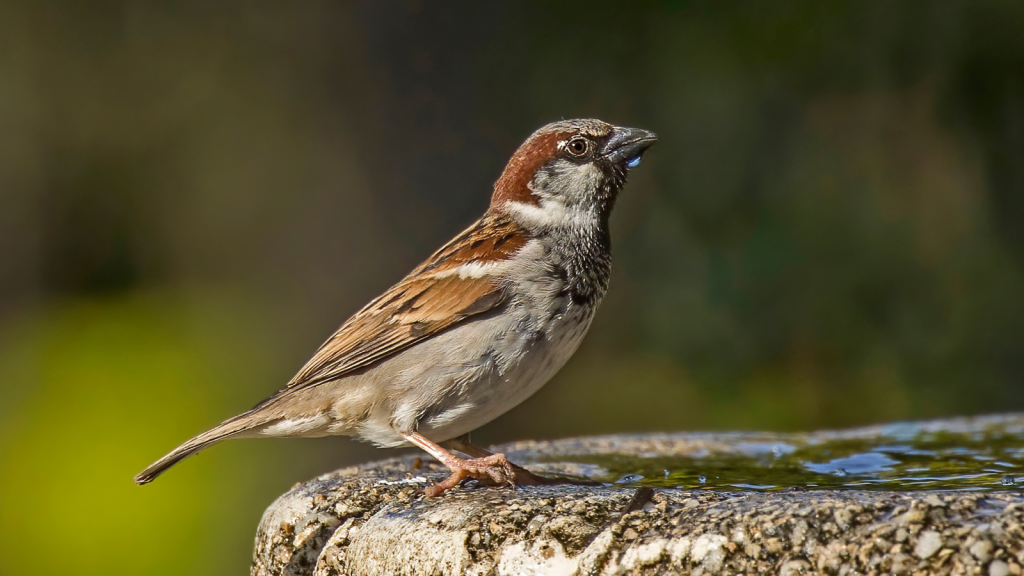
These common garden visitors have a surprising trick for keeping their nests clean. They bring bits of carrot plants into their nests, which give off a smell that repels parasites. It’s a clever way to keep their chicks healthy and pest-free. The sparrows tend to choose young, fresh carrot leaves, which have the highest concentration of pest-repelling compounds.
Orangutans
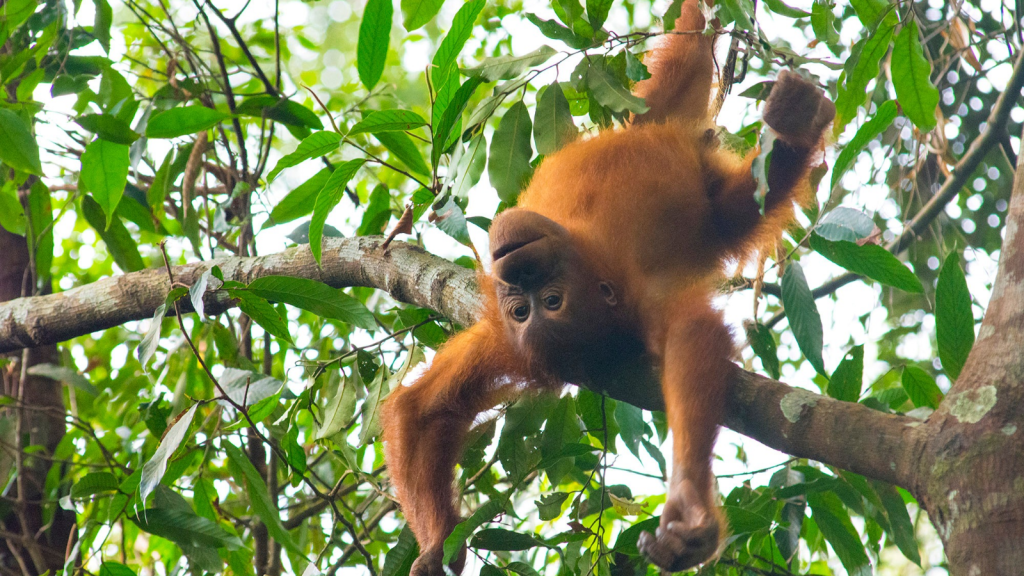
In the forests of Borneo, orangutans use a special plant as an anti-inflammatory ointment. They chew the leaves into a paste and rub it on sore muscles and joints. It’s their version of a natural pain relief cream! The plant they use, Dracaena cantleyi, has been found to have similar anti-inflammatory effects to ibuprofen in laboratory tests.
Lemurs

These wide-eyed primates from Madagascar have a unique way of treating parasites. They chew on centipedes and rub the mush all over their bodies. The centipede’s chemicals help to kill off nasty parasites and keep the lemurs healthy. Researchers have found that this bizarre behaviour is particularly common during the rainy season when parasite infections are more frequent.
African Wild Dogs
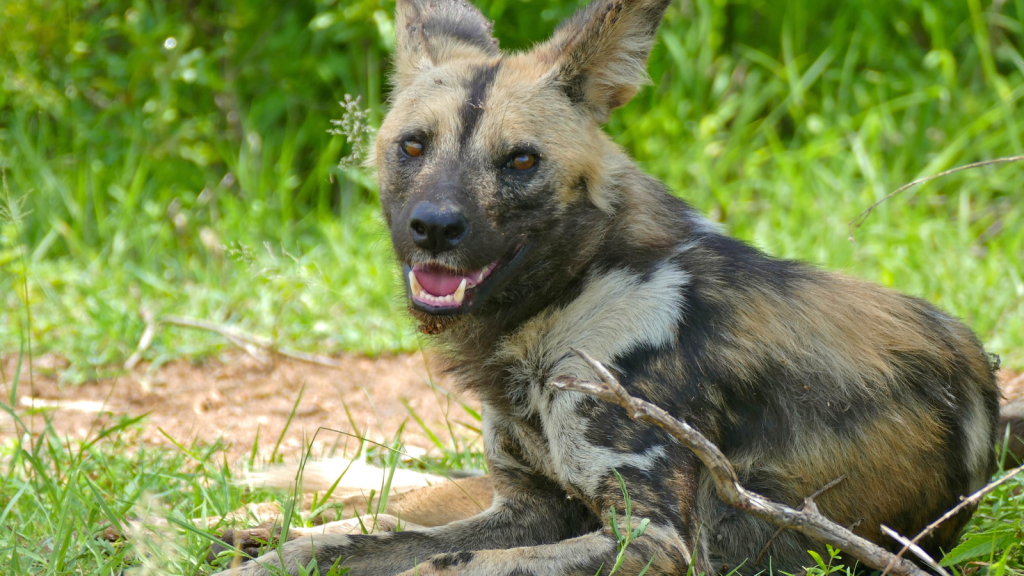
These endangered canines have been observed eating a particular plant that makes them vomit. While it might sound odd, this helps them get rid of intestinal parasites. It’s like a natural worming treatment for these clever dogs. The plant they use, Gymnosporia senegalensis, contains compounds that are toxic to many parasites but relatively harmless to the dogs themselves.
Wood Ants
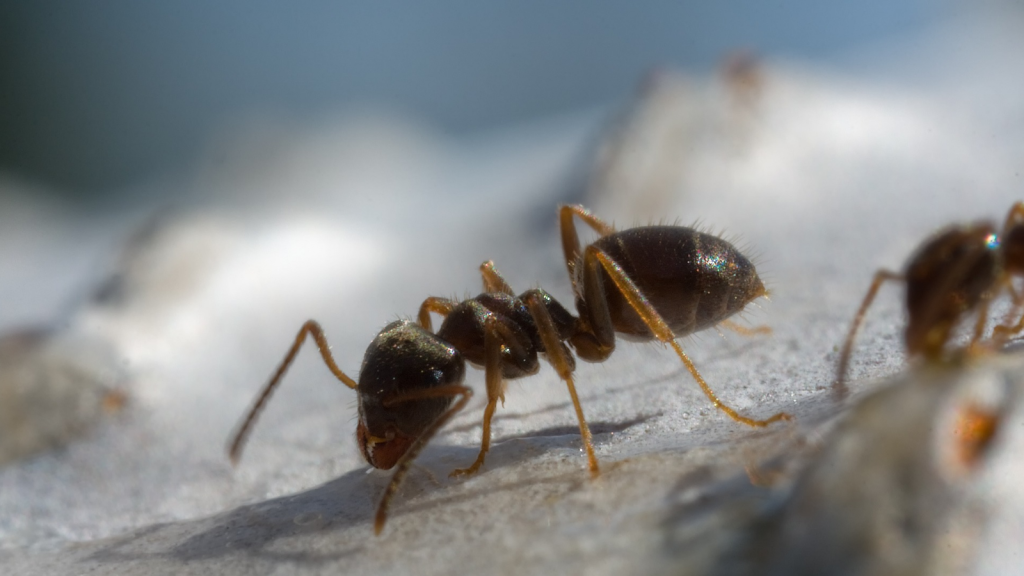
Even tiny creatures like ants use plant medicine! Wood ants bring bits of resin from pine trees into their nests. This resin has antibacterial properties that help keep the whole colony healthy. It’s like they’re fumigating their homes with nature’s own cleaning products. Studies have shown that colonies that use more resin have lower levels of harmful bacteria and fungi, leading to healthier, more productive nests.
Becky is a fervent wildlife enthusiast and pet care expert with a diploma in canine nutrition. Her love for animals stretches beyond the domestic, embracing the wild tapestry of global fauna. With over a decade of experience in animal welfare, Becky lends her expertise to OutlandishOwl through insightful articles, captivating wildlife information, and invaluable guidance on pet nutrition. Her work embodies a deep commitment to understanding the intricate lives of animals and a passion for educating others on sustaining natural habitats. Becky's hands-on conservation efforts and her knack for translating complex dietary science into practical pet feeding tips make her an indispensable voice for creatures great and small.

